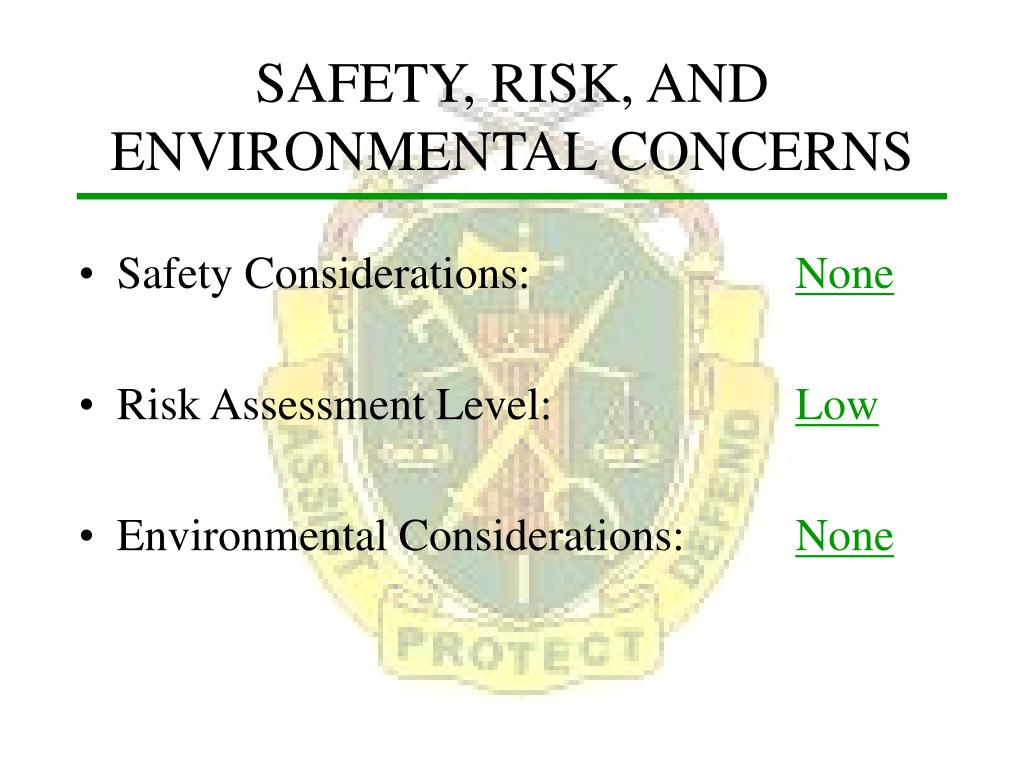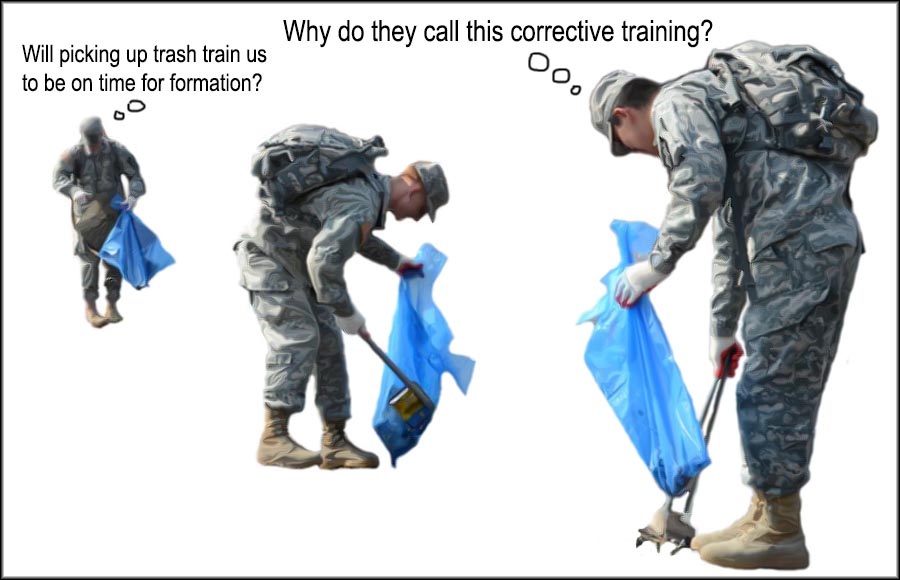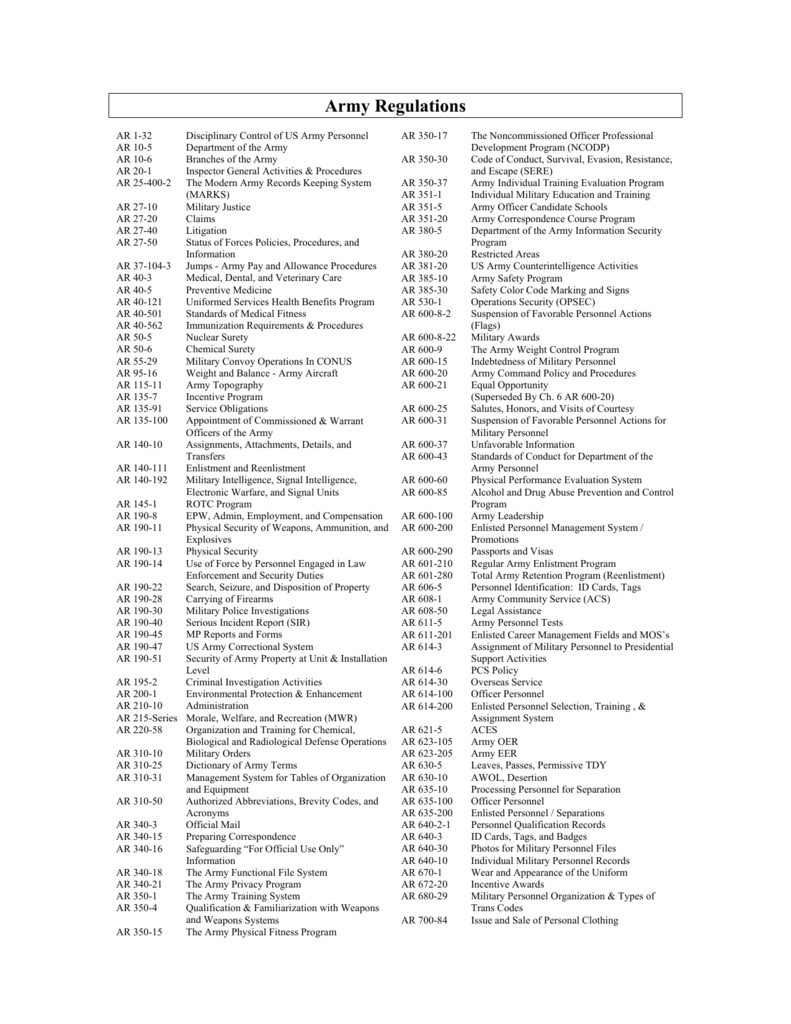Army Regulation 690-700 : What it is
Army Regulation 690-700: What It Is
Army Regulation 690-700 is a comprehensive guide that outlines the rules and procedures related to safety, risk management, and environmental concerns in the United States Army. It provides guidance for identifying and mitigating potential hazards, ensuring the well-being of personnel, and minimizing the impact of military operations on the environment.
Understanding Army Regulation 690-700

Army Regulation 690-700 serves as a vital resource for all Army personnel involved in planning, executing, and managing military operations. By addressing safety, risk, and environmental concerns, this regulation ensures that army personnel can carry out their duties effectively while minimizing risks to themselves, others, and the environment.
Key Features and Guidelines

The regulation covers a wide range of topics. Here are some key features and guidelines:
1. Safety Measures
To ensure the safety of personnel, Army Regulation 690-700 provides detailed instructions on safety measures to be followed during training, drills, exercises, and other military activities. It emphasizes the importance of risk assessments, protective equipment, and proper training to minimize accidents and injuries.
2. Risk Management
The regulation emphasizes the need for a comprehensive risk management process. It outlines the steps involved in identifying, assessing, and mitigating risks in various operational scenarios. By implementing effective risk management strategies, the Army can proactively identify potential hazards and take necessary actions to prevent accidents and maximize mission success.
3. Environmental Conservation
Army Regulation 690-700 recognizes the importance of preserving the environment and minimizing the impact of military operations on natural resources. It provides guidelines for effective environmental management, including waste management, pollution prevention, and conservation of energy and water resources. By adhering to these guidelines, the Army plays a significant role in sustainable practices.
Frequently Asked Questions (FAQs)
Q: Who does Army Regulation 690-700 apply to?
A: Army Regulation 690-700 applies to all Army personnel, including officers, enlisted soldiers, and civilians involved in Army activities.
Q: How often is Army Regulation 690-700 updated?
A: Army Regulation 690-700 is periodically reviewed and updated as needed to ensure it remains current and relevant to the Army's evolving needs and regulatory requirements.
Q: Can Army Regulation 690-700 be accessed by the public?
A: Yes, Army Regulation 690-700 is available to the public. It can be accessed through official Army channels or online repositories of Army regulations.
Conclusion
Army Regulation 690-700 is a crucial document that outlines the Army's commitment to safety, risk management, and environmental conservation. By adhering to the guidelines set forth in this regulation, the Army ensures the well-being of its personnel, minimizes operational risks, and contributes to the preservation of the environment. It serves as a comprehensive resource for all Army personnel to refer to in their day-to-day duties, promoting a culture of safety and responsible environmental stewardship.
Disclaimer: The information provided in this article is based on Army Regulation 690-700 and is intended for informational purposes only. It is advised to refer to the latest version of the regulation and consult with appropriate authorities for any specific guidance or requirements.
Sources:
Image 1: https://image2.slideserve.com/4642013/safety-risk-and-environmental-concerns-l.jpg
Image 2: https://m.media-amazon.com/images/I/3194mOhIFdL._SX260_.jpg
Image 1: Army Regulation 690-700 Slide Presentation
Image 2: Army Regulation AR 700-84 Logistics Book
Shaving Profile Army Regulation
 Image Source : beardonbrother.blogspot.com
Image Source : beardonbrother.blogspot.com Army Regulation AR 700-84 Logistics: Issue And Sale Of Personal
 Image Source : www.amazon.com.mx
Image Source : www.amazon.com.mx Army Regulation 690-12 - Army Military
 Image Source : armymilitary.net
Image Source : armymilitary.net ARMY REGULATION 380-40 PDF
 Image Source : watchesok.me
Image Source : watchesok.me regulation
Army Profile Regulation 40 501 - Army Military
 Image Source : armymilitary.net
Image Source : armymilitary.net Regulation Cut: Navy, Army, Military Cut With Receding Hairline - AtoZ
 Image Source : atozhairstyles.com
Image Source : atozhairstyles.com burr crew lined therighthairstyles cortes faded elija hairline stylemann glossy
Army Regulation 690-12 - Army Military
 Image Source : armymilitary.net
Image Source : armymilitary.net TV AL II Anhang P – II.
 Image Source : www.yumpu.com
Image Source : www.yumpu.com Army regulation 380-40 pdf. Shaving profile army regulation. Burr crew lined therighthairstyles cortes faded elija hairline stylemann glossy. Army regulation 690-12. Army regulation 690-12